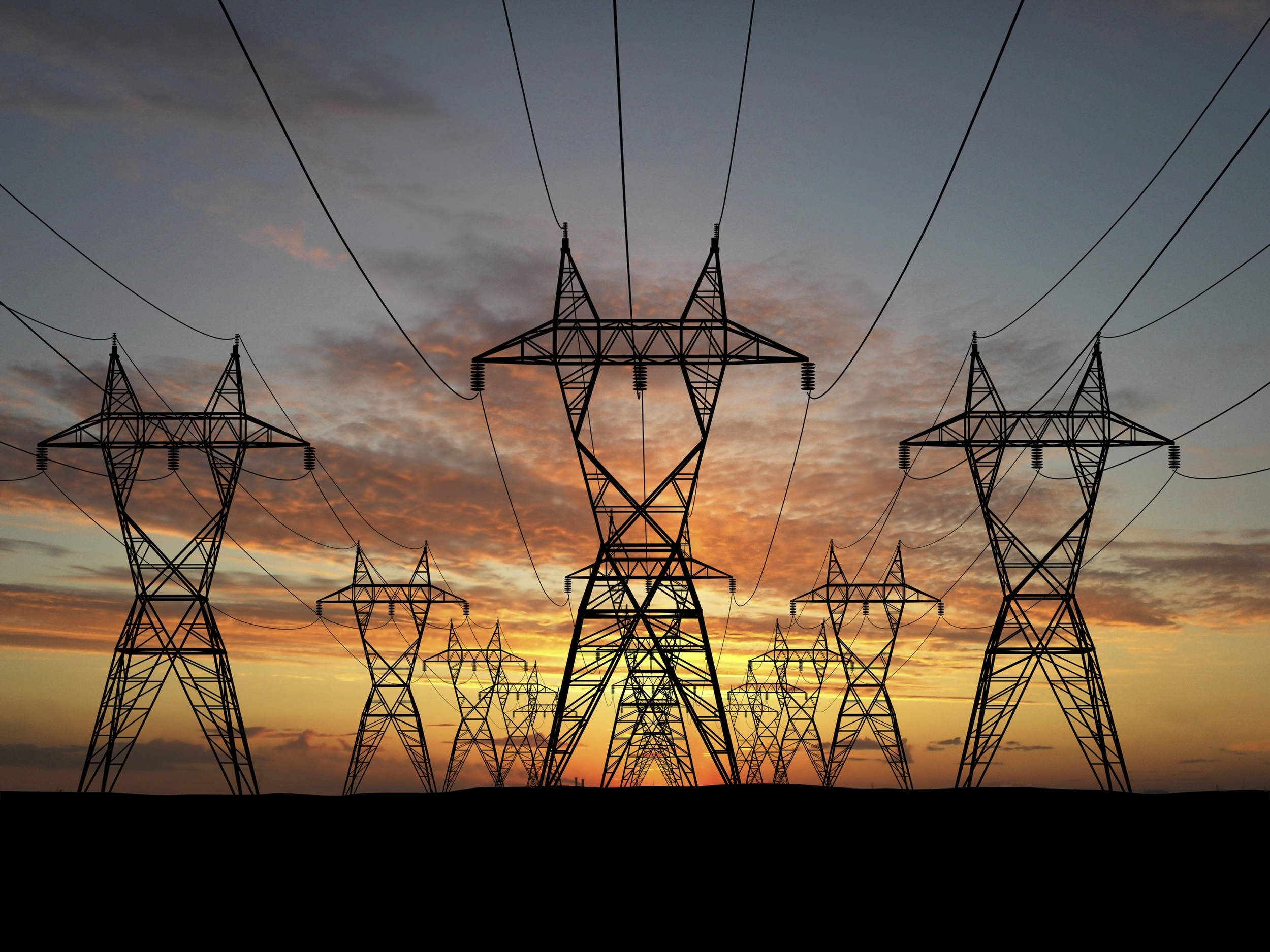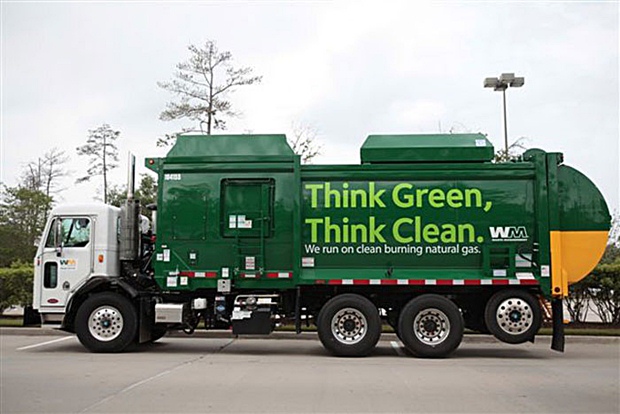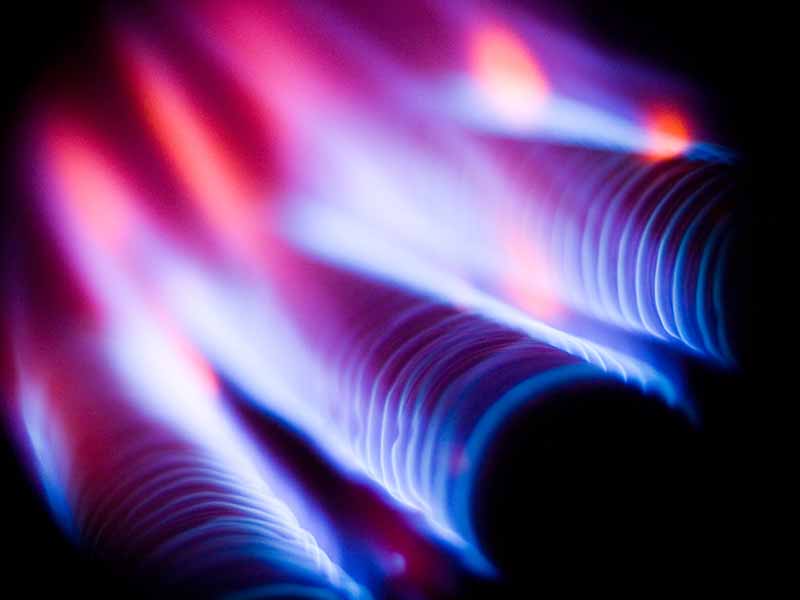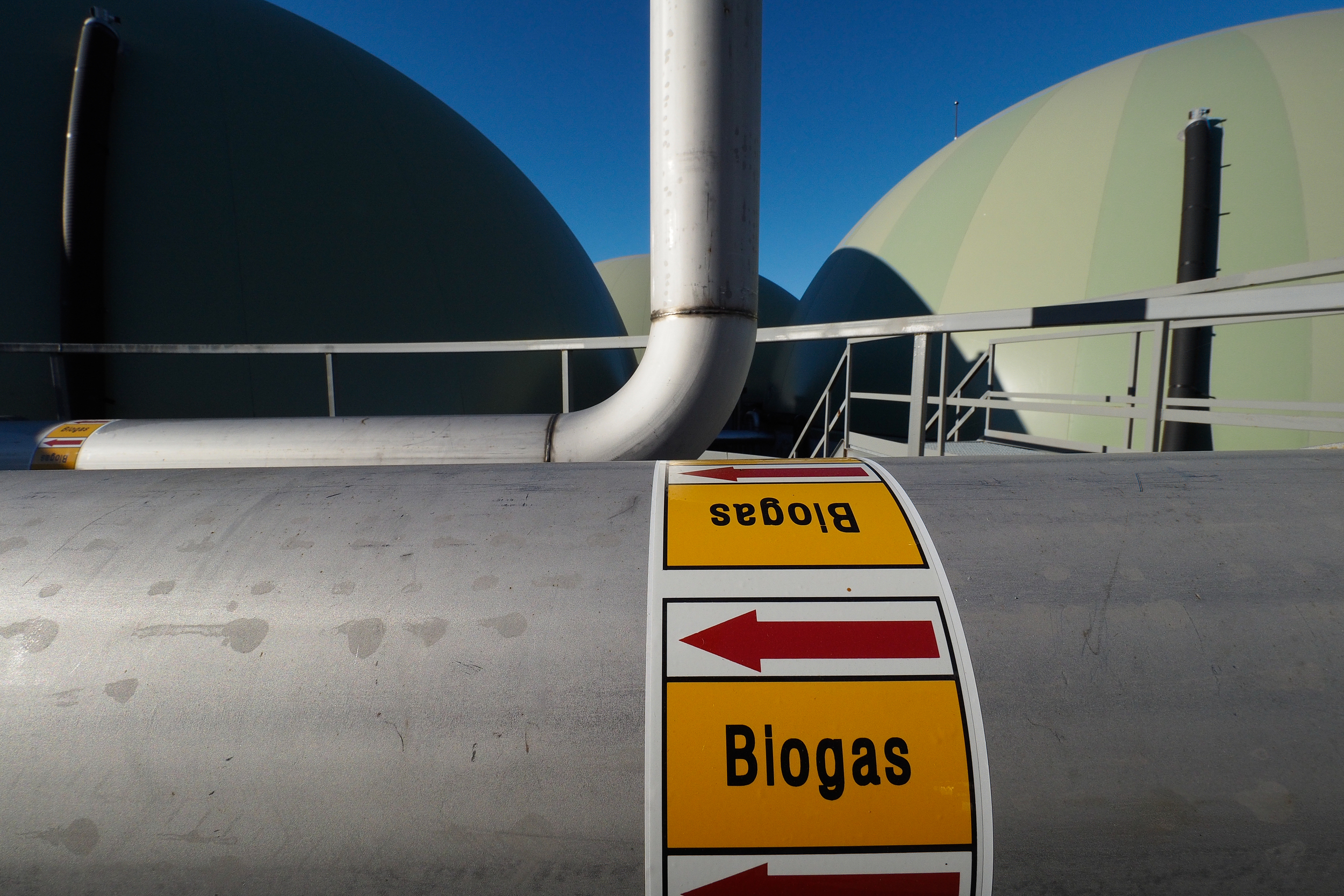Pay Your Bills With Energy Revenue
Some digesters just burn off the energy produced, without using it. Others are inadvertently designed in a way that prevents much energy from ever being produced.
We know that energy revenue makes all the difference, so we design our facilities to absolutely maximize the amount of energy that is produced, day in and day out. And in our own operations, we make daily decisions designed to maximize that energy revenue. That's what makes our operating costs so low. We call this approach Energy First.
Every anaerobic digestion plant produces large amounts of energy, which translates into large amounts of revenue in a well-designed facility. Technically, the plants actually produce biogas, an incredibly-flexible energy source that can be put to a wide range of uses, including:
- generating electricity
- production of industrial-grade heat and steam
- replacement of natural gas; and
- fuelling of any type of vehicle fleet






